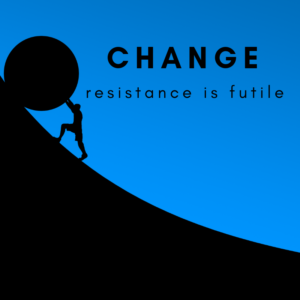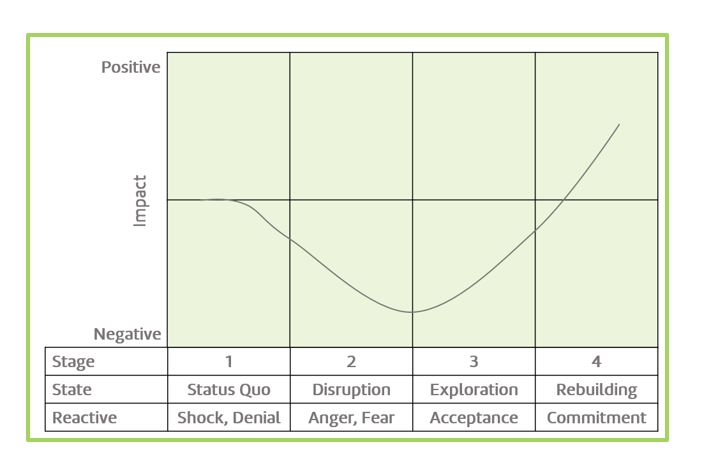 At its core, most of the work I do is about change – why it has to happen, how to move through it, how to lead it and most importantly, how do we come out the other side better than we were before. Humans are wired to protect what they have, what they are doing and who they are. When that is threatened because of outside forces, they hang on even tighter, making change all the harder. It is no different in organizations. Why do we need to change when it’s working perfectly well? This is an all too common refrain and we are going to unpack it here.
At its core, most of the work I do is about change – why it has to happen, how to move through it, how to lead it and most importantly, how do we come out the other side better than we were before. Humans are wired to protect what they have, what they are doing and who they are. When that is threatened because of outside forces, they hang on even tighter, making change all the harder. It is no different in organizations. Why do we need to change when it’s working perfectly well? This is an all too common refrain and we are going to unpack it here.
First, what works for today may not work for tomorrow because nothing stays the same, no matter how hard we will it to be so. If you think about it, it’s the only constant in business and life – change. Visionaries see the future differently than most of us and get excited about that picture and drive change as a result of it. If they are not able to clearly paint that picture for others, they will attempt to drag everyone along, and the kicking and screaming will be relentless. Leaders need to help others see their vision so we can join them willingly.
Leaders who embrace change are able to make transitions so much easier. Leaders who become part of the resistance, create discord and fear in their teams. If we look at the Change Curve (see below) – which has four phases to it – everything starts out at the beginning with a bright vision of the future, clearly articulated and the benefits outlined. In stage 2, the “fall” happens, and change starts to be implemented, discord happens, resistance happens, cliques are formed, leaders are targeted, and people start to become as stubborn as donkeys. They want to protect what was, even if it wasn’t that great, it was “known.” To most people, the known is better than the unknown every day of the week.

In stage three, some will “see the light” and realize that the change actually might be better than “what is” and move forward and finally, they get out of the trough and are through to the other side of the “change canyon” as I call it. The key to getting through the canyon is clearly articulating the benefits of the change, why the change and what’s in it for them. And telling them that it will get worse before it gets better – warn them that they will get mired down in details, there will be fighting and resistance and that depending upon the scope of the change – how long it might take. Not only do they need to know what the end looks like but what to expect along the change road. Engage some of the biggest resistors to help lead the charge and it will be much easier! A leader cannot do it alone, it does take the team to navigate the chasm successfully.
Those who resist change for too long will be gone or obsolete. Those who hang on to the way it was will be passed over. Those who take the lessons from the past to create a future that is better than the present will lead teams to success all day long and the resistance will subside.
